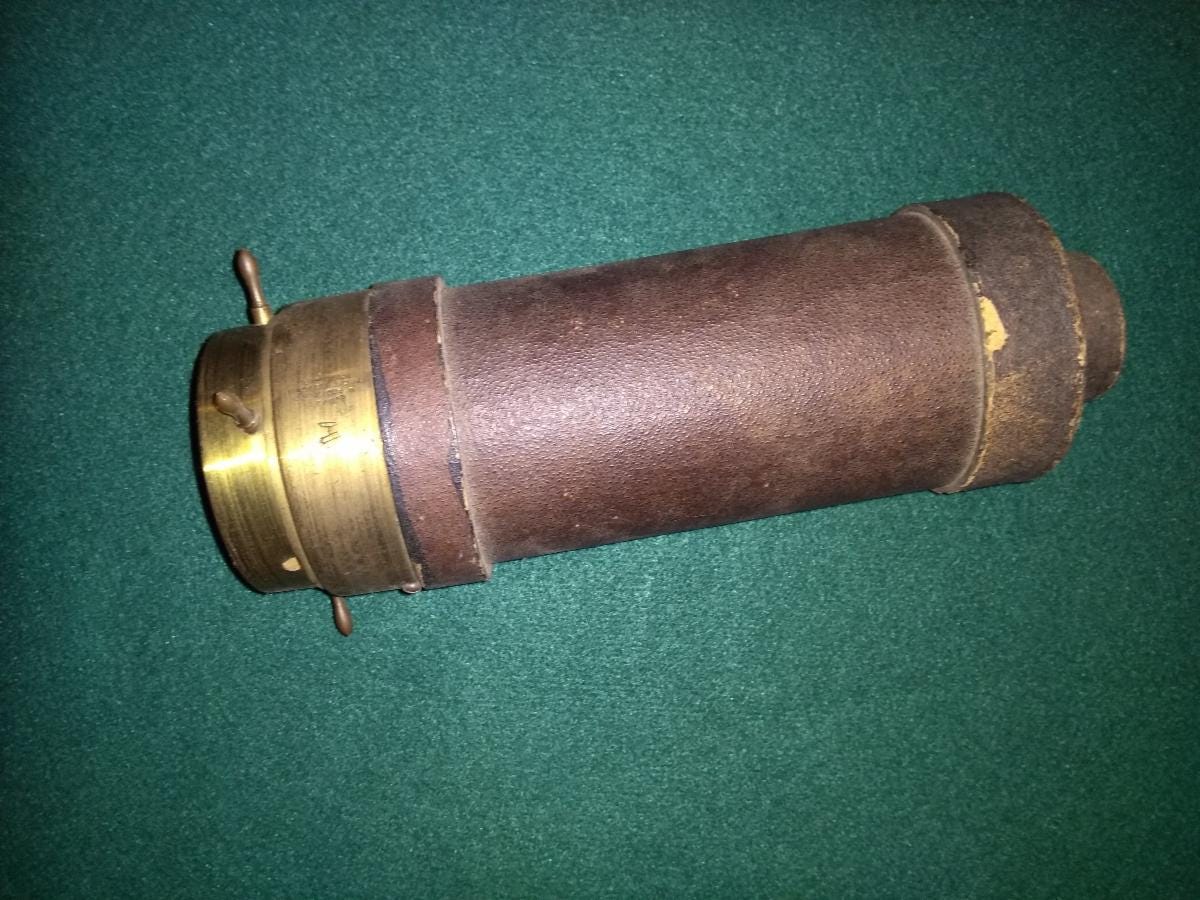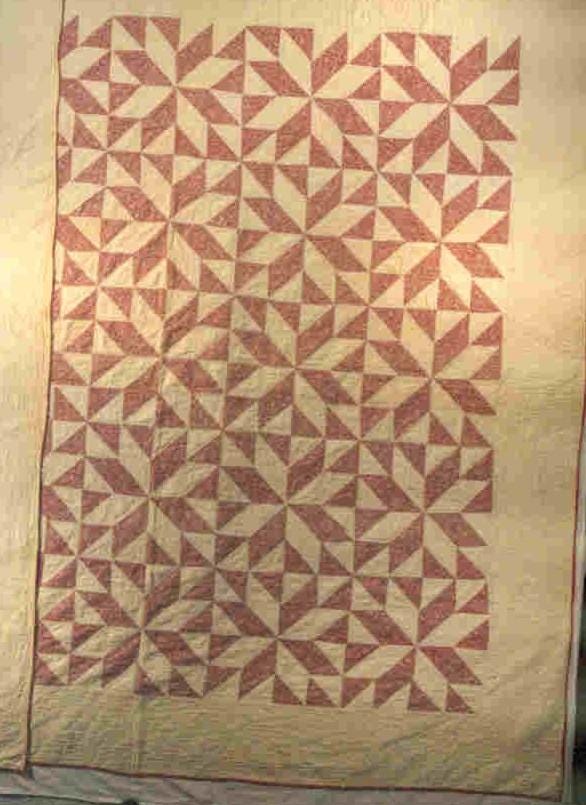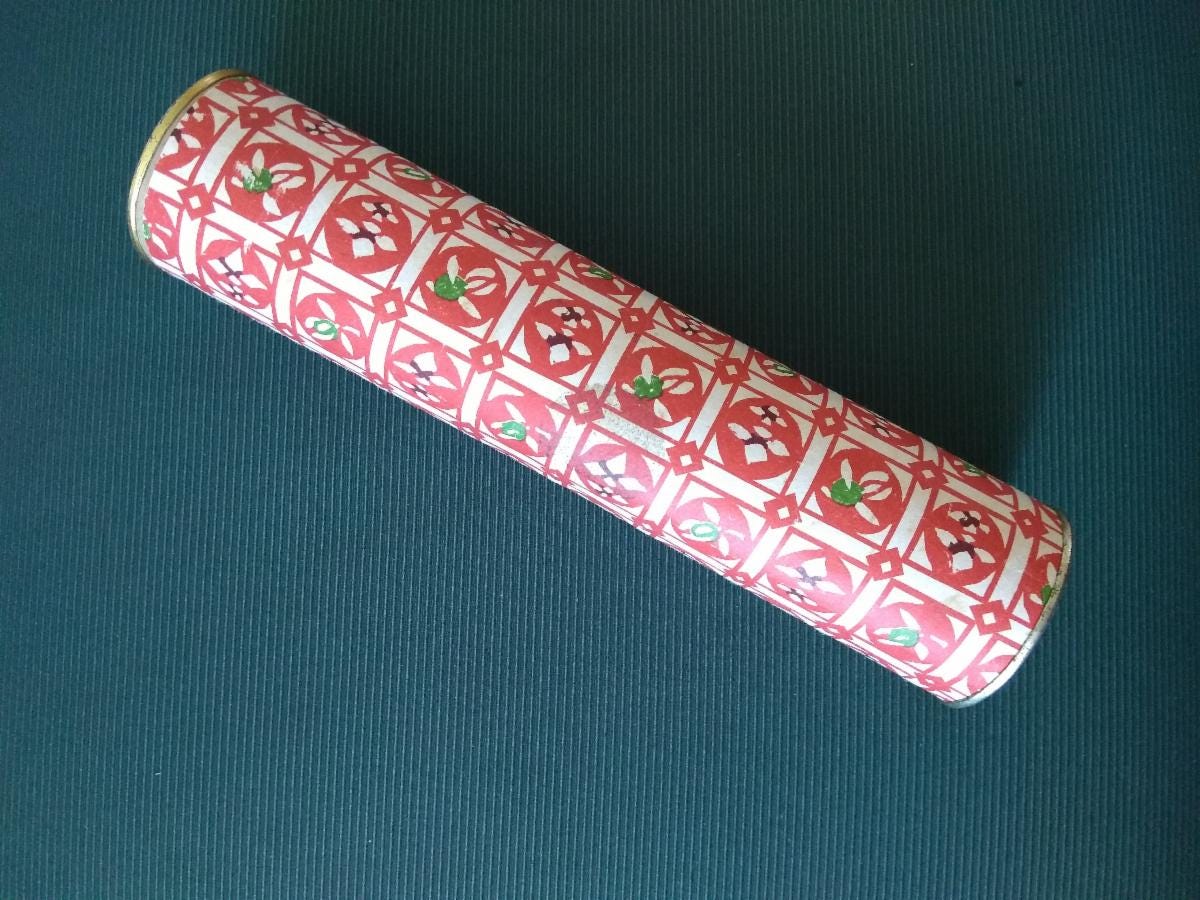ACHC #1985.268.1
This cylindrical object is a “toy” born through science.
Now known generally as a children’s toy, the kaleidoscope was invented as a result of Sir David Brewster’s experiments with polarized light.
David Brewster, British physicist, mathematician, scientist, inventor and writer
Brewster was born in Scotland in 1781, and at the age of 10 entered the University of Edinburgh. He was trained for the ministry, but also studied philosophy and mathematics. He tried ministry, but his interest in science won out. In 1801 at the age of 20, Brewster began the study of optics. He spent 12 years experimenting with light. As a result of these years of experiments, Brewster developed a theory for polarization of light. His theory became known as Brewster’s Angle and is still applied today with many uses in the field laser physics, in fibers optics, and in manufacturing sunglasses.
Brewster didn’t stop there. In 1816, putting his optic experiments in action, he invented the kaleidoscope. A year later, he received the patent.
Brewster said that:
“The name which I had given to a new Optical Instrument, for creating and exhibiting beautiful forms, is derived from the Greek words kalos,(beautiful); eïdos, (a form); and skopeïn, (to see.)"
A kaleidoscope is nothing more than a tube containing long thin mirrors inserted at an angle to each other. On one end of the tube is a circular box formed from two clear glass disks. Multiple colored glass chips are inside the box. The other end has a viewing lens. When looking toward a light through the cylinder’s lens and slowly turning the box at the other end, designs are created. The number and angle of the mirrors effects the design. With two mirrors at right angles, the design image is quadrupled. At 60 degrees, there are six images. The combination of patterns is endless.
In 1819, Brewster published “A Treatise on the Kaleidoscope” which presented the detailed the physics behind his invention and how to construct a kaleidoscope. It also included his detailed diagrams of designs made with 2 3 or 4 mirrors. He suggested that designs made with kaleidoscopes could be used in home furnishing such as wallpaper, rugs, or textiles or in designing stained glass windows.
Image provided by author
Kaleidoscopes quickly became popular in Great Britain, Europe, and the US. The 1824, Encyclopaedia Britannica recorded that:
“It very quickly became popular; and the sensation it excited in London throughout all ranks of people was astonishing. Kaleidoscopes were manufactured in immense numbers and were sold as rapidly as they could be made.”
We don’t know much about the kaleidoscope in our collection. It appears to be US made, likely by C. Bush & Co. of Providence, RI. Charles Gustavus Busch immigrated to US from Prussia in 1874 and settled in Plymouth, MA. He established a rope-making business there and later moved his family and business to Boston. Early on, he used microscopes to inspect the rope fiber material. His interest in microscopes led him study telescope construction and then kaleidoscopes.
In the late 1860’s and 70’s, Busch’s company (he anglicized the company name to Bush) manufactured thousands of kaleidoscopes that were preferred as the best in the world. People were fascinated with the images that could be seen through a kaleidoscope. The ever-changing possibilities presented a new type of creativity. “Parlor” kaleidoscopes were a must for wealthy Victorian era household.
ACHC # 1976.024.66
ACHC #2017.087.1
While kaleidoscopes designs entertained, they also had an impact on quilt designs, particularly in the US. The diagrams that Brewster had included in his book showed strong geometric designs. Quilt designs had previously centered on classical images, foliage, or floral elements. Kaleidoscopes provided inspiration for geometric patterns, particularly ones that radiated out from the center, like a starburst or ones that had a repeated pattern. Quilters began to use smaller fabric pieces to create the geometric patterns.
Personal Collection
The toy kaleidoscopes that we think of today appeared in the early 1900s. These were of made of paper, metal, or plastic tubes and had metal mirrors. Some had colored metal, glass, or plastic chips that swirled when the tube box was turned. They were inexpensive and mass-produced.
Teleidoscopes were also mass-produced. A teleidoscope does not have a case with chips. It is a tube with mirrors inside. You look through the mirrors and the glass end at whatever surrounds you. Sir Brewster felt that the teleidoscope was the purest form of a kaleidoscope. The viewer could see beauty and art in his own unique environment.
Do you have any kaleidoscopes/teleidoscopes or remember playing with them as a child? I'd love to hear about them.











I really like how colorful this is!